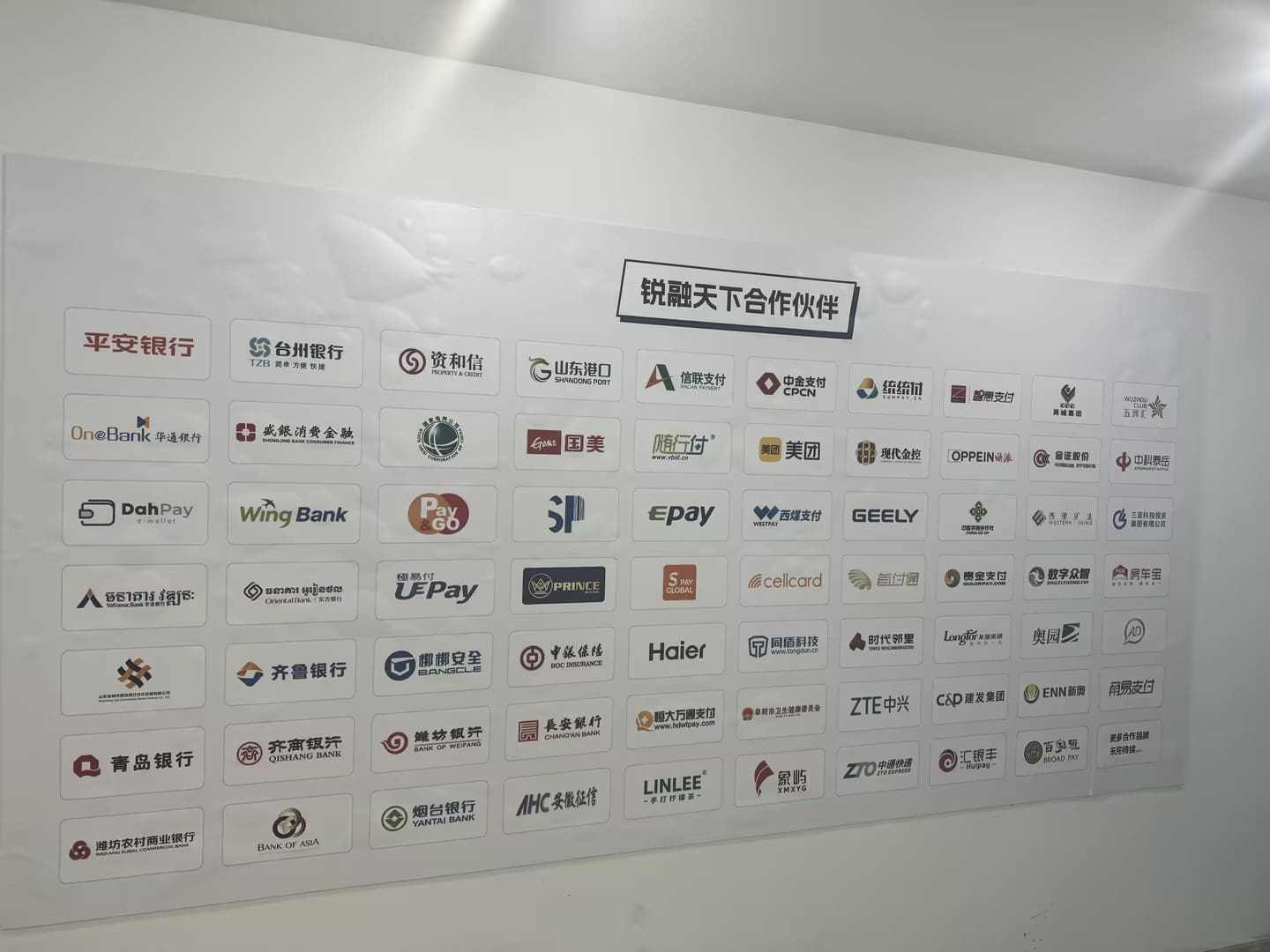The Evolution of Online Payment Systems: A Comprehensive Analysis
In the digital era, online payment systems have revolutionized the way we transact, offering convenience and security to users worldwide. From traditional card payments to cutting-edge blockchain technology, the landscape of online payments continues to evolve rapidly. Let’s delve into the intricacies of these payment systems and explore how they have transformed the e-commerce industry.
Traditional payment methods, such as credit and debit cards, laid the foundation for online transactions. However, concerns over security and fraud prompted the development of more secure payment gateways. The introduction of encryption technologies and two-factor authentication enhanced the security of online payments, instilling trust among consumers.
As e-commerce boomed, digital wallet services like PayPal emerged, allowing users to store their payment information securely. The convenience of digital wallets accelerated the shift towards online shopping, with users appreciating the ease of one-click transactions.
With the rise of mobile commerce, payment systems adapted to cater to the mobile-first mindset of consumers. Mobile payment apps like Apple Pay and Google Pay enabled users to make contactless payments using their smartphones, further streamlining the checkout process.
The emergence of cryptocurrencies brought about a new paradigm in online payments. Blockchain technology offered a decentralized and secure way to conduct transactions, free from intermediaries. Bitcoin and other cryptocurrencies gained popularity as viable alternatives to traditional payment methods, appealing to a tech-savvy audience.
Looking ahead, the future of online payment systems is poised for further innovation. The integration of artificial intelligence and machine learning algorithms promises to enhance fraud detection and personalize the user experience. Additionally, the adoption of biometric authentication methods like fingerprint and facial recognition is set to revolutionize online security.
In conclusion, online payment systems have come a long way, from basic card transactions to sophisticated blockchain networks. The evolution of these systems reflects the ever-changing demands of consumers and businesses in the digital age. As technology continues to advance, we can expect online payment systems to become more seamless, secure, and user-friendly, shaping the future of e-commerce.

 Arabic
Arabic Dutch
Dutch French
French German
German Italian
Italian Portuguese
Portuguese Russian
Russian Spanish
Spanish












